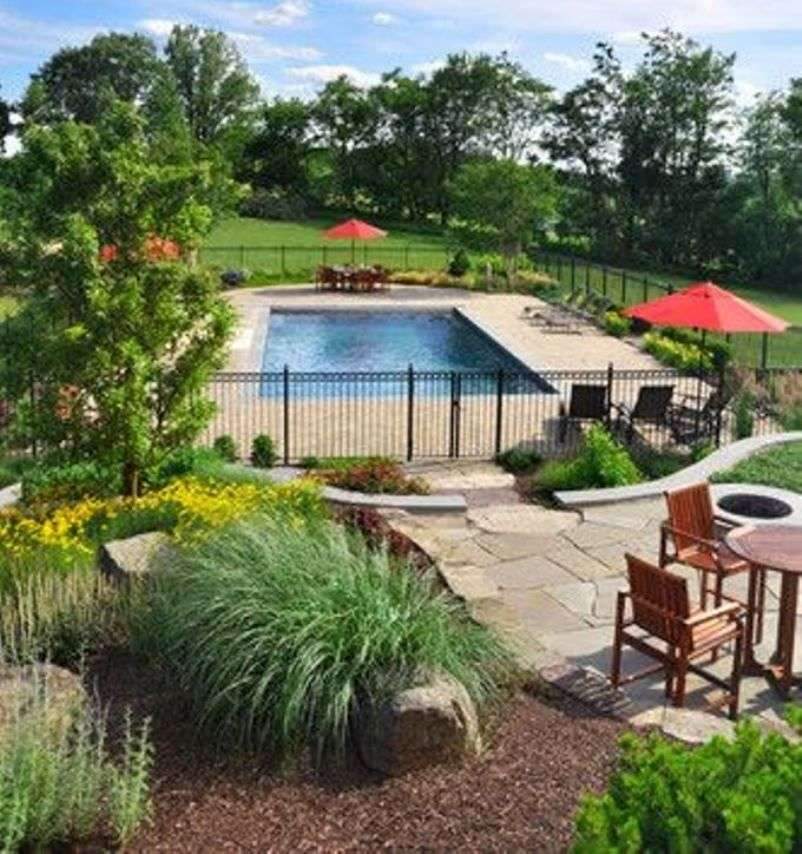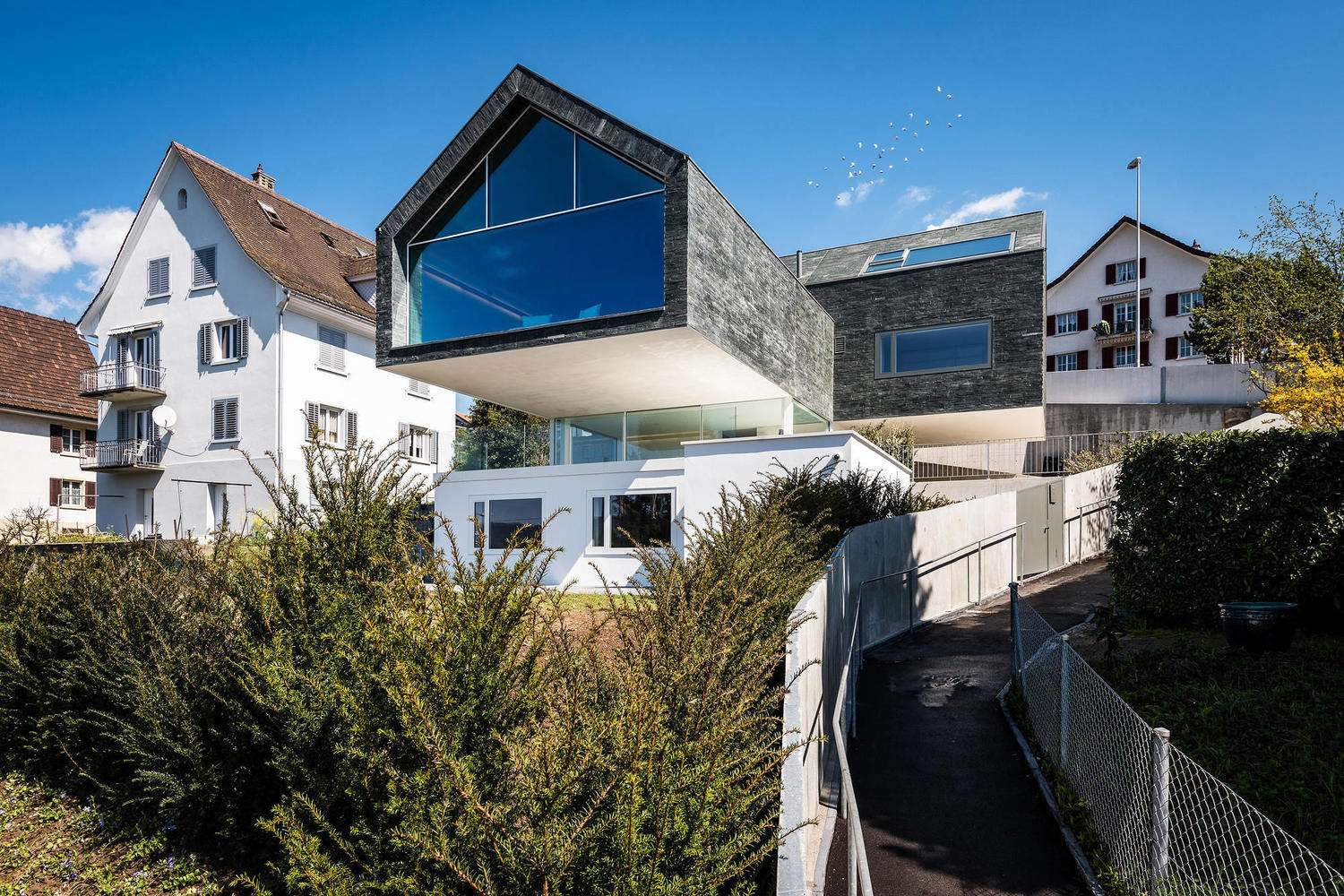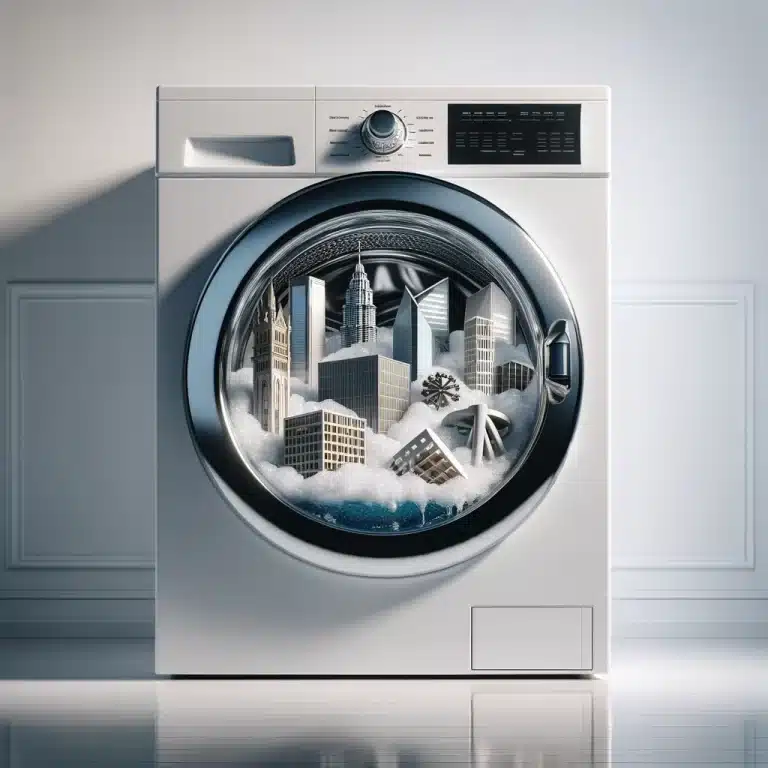The Future of Architecture in Space: Designing Habitats for Mars and Beyond
Introduction
As space exploration progresses, the idea of colonizing other planets, particularly Mars, has moved from science fiction to a tangible reality. Architects are now exploring the challenges and opportunities of designing sustainable habitats for space travel and extraterrestrial living. This article delves into the innovative approaches being developed to create livable environments in the harsh conditions of space.
Design Challenges in Space
Building on Mars presents numerous challenges, including extreme temperatures, radiation, and lack of oxygen. Architects must account for these elements by using advanced materials and design techniques that ensure the survival of the inhabitants. The habitat structures must be durable, lightweight, and capable of providing insulation and radiation protection. Self-sustaining systems, like recycling water and growing food, are also critical components of space architecture.
Innovative Materials and Technologies
3D printing is at the forefront of space architecture, as it allows for the construction of buildings using Martian soil, minimizing the need to transport materials from Earth. Companies like ICON and NASA are developing prototypes of 3D-printed habitats for space exploration. Additionally, new materials, such as self-healing concrete and bio-materials, are being tested to enhance durability and adaptability to Mars’ environment.
The Role of Architecture in Space Colonization
Architectural design plays a crucial role in ensuring not only the functionality of space habitats but also the mental and emotional well-being of its inhabitants. Designing for comfort, social interaction, and even aesthetics becomes essential in making space colonies livable. Architects are looking into incorporating biophilic design principles, like indoor gardens, to maintain a connection to nature.
Conclusion
As humanity prepares for the next frontier, the role of architecture in space exploration becomes increasingly important. Designing habitats for Mars is not just about survival but about creating a sustainable, comfortable, and enriching environment for human life in space.
Photo: Space Exploration Architecture (SEArch+)
Finally, find out more on ArchUp:







